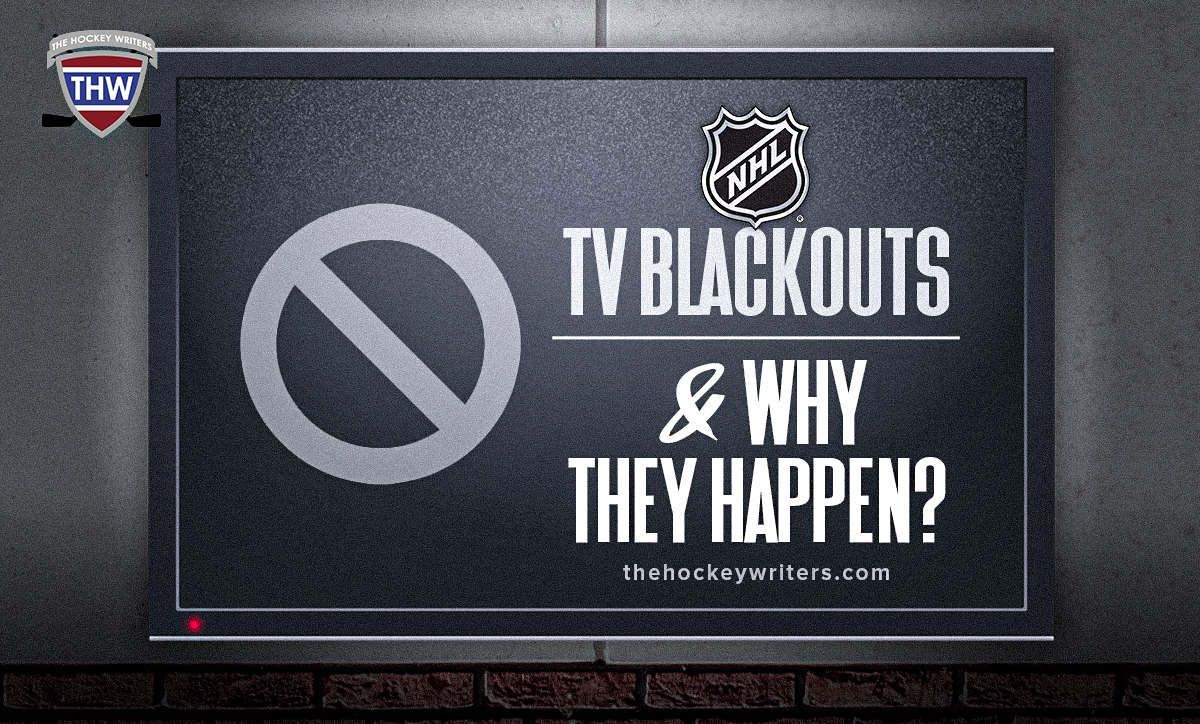

NHL TV blackouts are a frustrating reality for many hockey fans across North America. These restrictions prevent viewers from watching certain games live, even if they have a subscription to a streaming service or cable package that seemingly should provide access. The reasons behind these blackouts are multifaceted, rooted in broadcasting agreements, regional sports networks (RSNs), and the NHL's efforts to protect its revenue streams. Understanding these factors can help fans navigate the complex world of NHL broadcasting rights and find ways to watch their favorite teams.
At their core, NHL blackouts are driven by regional broadcasting agreements. The NHL sells the rights to broadcast games to both national networks like ESPN and TNT and regional sports networks. RSNs, such as Bally Sports and Sportsnet, acquire the exclusive right to air games within specific geographic areas, typically where the team is based. When these games are broadcast on regional channels, they are often blacked out on national streaming services like ESPN+ or NHL.TV in the same region. For instance, if you live in Los Angeles and want to watch the Kings, the game might be blacked out on NHL.TV because Bally Sports West holds the regional broadcasting rights.
The primary purpose of these blackouts is to protect the exclusivity of local broadcasters. RSNs pay substantial fees for the rights to air games and rely on viewership within their designated regions to generate revenue through advertising and subscriptions. Blackouts ensure that fans in those regions watch the game on their local network rather than through a national streaming service. This system has been in place for decades, originating from the early days of television when RSNs were the primary means for fans to watch their local teams.
However, the rise of streaming services has complicated the issue. Many fans now prefer to stream games online rather than subscribe to traditional cable TV. Blackout rules often prevent these viewers from watching games even if they are willing to pay for a subscription to a service like NHL.TV or ESPN+. This can be particularly frustrating for fans who live in the team's market but do not have access to the regional sports network.
The NHL's blackout policies have faced criticism for being outdated and out of touch with modern viewing habits. Many fans argue that they should be able to watch any game they want, regardless of location, especially if they are paying for a subscription service. Some have even gone as far as to say they won't watch the playoffs until the blackout rules are fixed because it makes following the games harder and kills the excitement. The absence of big-name stars like Sidney Crosby or Alex Ovechkin in the playoffs, combined with ESPN's perceived inadequate coverage, has further contributed to declining viewership and increased fan frustration.
Despite the criticism, blackouts are likely to remain a part of the NHL landscape for the foreseeable future. Broadcasting deals are typically long-term contracts lasting several years, and RSNs rely on these deals to generate revenue. However, there is growing pressure on leagues, including the NHL, to modernize their broadcasting strategies, particularly as younger audiences increasingly opt for streaming over traditional TV. Future broadcasting agreements may be more flexible, perhaps giving fans different types of access to live games with less restrictive blackout limitations. For instance, Rogers' new deal with the NHL includes provisions to convert some regional games to national ones, which would reduce blackouts.
In the meantime, fans can take steps to mitigate the impact of blackouts. One option is to subscribe to a regional sports network that carries their favorite team's games. Another is to use a VPN (Virtual Private Network) to mask their location and bypass blackout restrictions. However, it's important to note that using a VPN to circumvent blackout rules may violate the terms of service of streaming services like ESPN+ and NHL.TV.